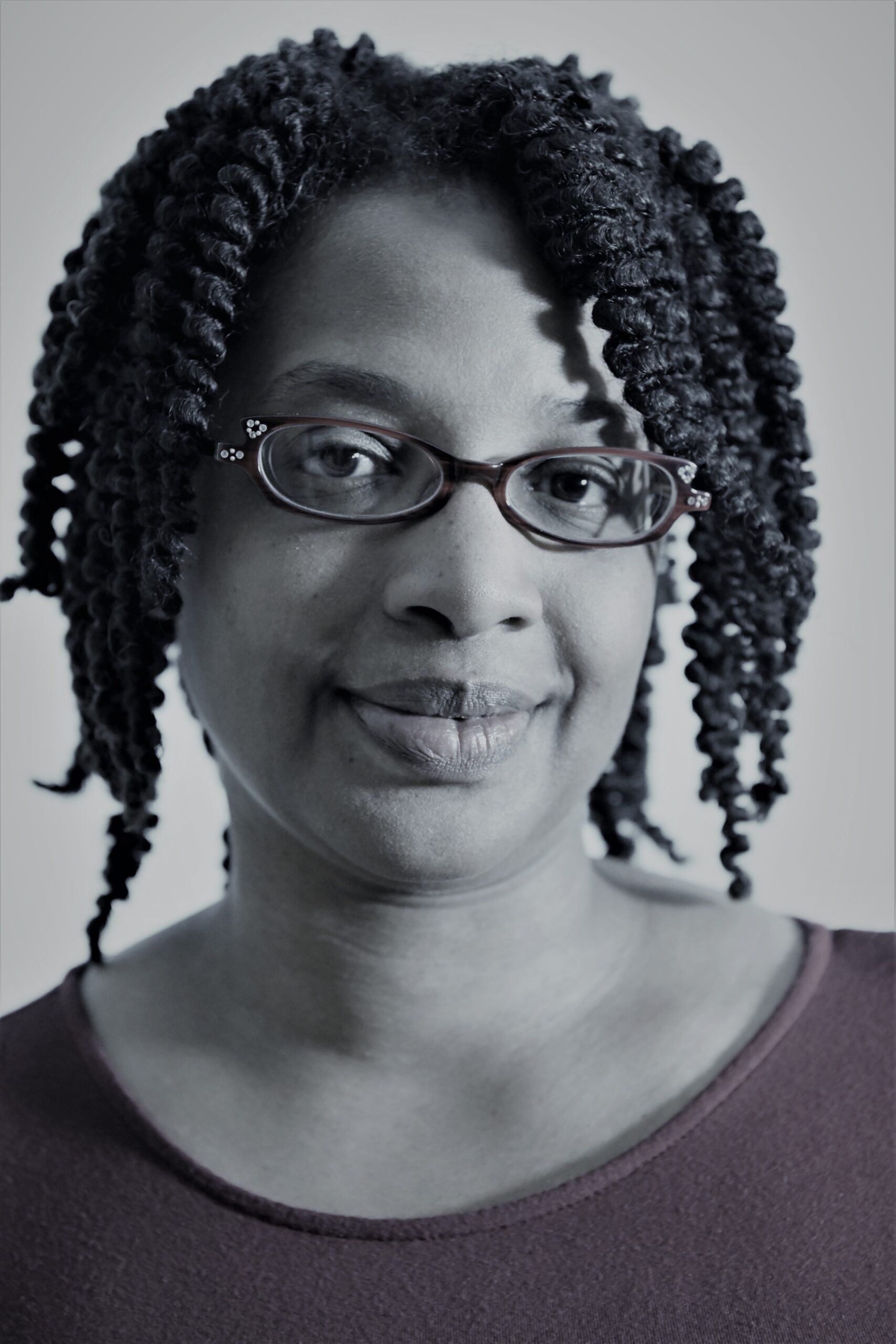So much about Judaism is about remembering. Cyclical re-reading of Torah. Megillat Esther. Mezuzot. Shabbat. Yahrzeits. Yizkor. Ushpizin. Hanukah. Sukkot. Rosh Hashanah. Yom Kippur. Pesakh. Set on a foundational Jewish narrative of salvation from enslavement into freedom. Past tense. But how do we apply that narrative to this moment? We left biblical Pharoah, but are we free, and what will it take to achieve abolition?
When we commemorate liberation from slavery, we also consider those enslaved through the Trans-Atlantic slave trade that was abolished in the United States through word of law. However, as the trading of new human chattel was being phased out, the entrenched lucrative systems of the institution developed ways to overcome legislative constraints and breed new ways to continue sourcing human enslavement. The United States of America Constitution, 13th Amendment abolished slavery and involuntary servitude “except as a punishment for crime whereof the party shall have been duly convicted,” which influenced Jim Crow conditions that replaced a failed Reconstruction. Abolition is more than the ending of legalized enslavement or the eradication of the prison industrial complex disproportionately consuming black people, but is a dismantling of institutionalized systems of oppression that enslave, imprison and devalue lives deemed expendable.
Physical- and cognitive-ability access feels optional. We don’t communicate with deaf citizens. Antisemitism continues to affect our political voice. Racism and colorism,[1]beliefs of racial or whiteness superiority, persist in exerting control over targeted cultural communities. Wage-oppression operates in plain sight limiting mobility. Gender-oppression silences expression. And the list doesn’t stop there. Many of us navigate varying conditions of enslavement, imprisonment and devaluation that one could ask: Who among us is truly free?
Our annual telling of the Passover story focuses on Jewish enslavement. Broad brushstrokes erase Egyptian Jews and diminish the role of Pharaoh’s daughter (unnamed in Torah, named Bitya in Midrash) who saves the male protagonist. Moshe becomes an iconic singular savior who distracts us from the collective action of abolition. Jewish enslavement existed alongside Egyptian enslavement. This is acknowledged by the mixed multitude who left Egypt and went out with the Israelites. Jews were targeted out of baseless hatred and fear.
We continue to target multiple groups out of baseless hatred and fear. There is an opportunity to free our Passover narrative from its limitation on freedom from enslavement and read it as a solidarity story that lifts up the collective act of liberation. Modern analysis of how oppressions interlock help us imagine Jews among multiple targets of a Pharoah focused on maintaining control to increase wealth and power. The story demonstrates power exerted by a few wielding institutionalized oppression resulting in poor living conditions for many, including those who share aspects of the dominant class. The resolution highlights being led to freedom through a lone savior rather than framed as collective actions of abolition through solidarity.
There is an opportunity to free our Passover narrative from its limitation on freedom from enslavement and read it as a solidarity story that lifts up the collective act of liberation.
As a black Jew of unknown African and Indian descent, I struggle with the idea that I am free when too many black women daily face life and death resistance as the legacy of an enslavement history not reckoned with and sexism that renders us as sexual commodities. Pesakh offers a narrative to analyze where we have come from and explore how the wisdom from those experiences can be leveraged to fight against persisting enslavement that disproportionately affects girls. Female voices are obscured in Torah, muted in Jewish law and struggle for equality today, even as women are tasked in raising humanity.
We all have a mother and women we love. We likely care about people with different mobility or ability issues. We may not realize it, but we each know someone who is gay. We say black lives matter. Why have we not achieved pay equity? Why have we built a world unnavigable by too many? Why do we hate people for who they love? Why do we sacrifice black bodies at the expense of our own humanity? When will we truly build this world with love?
This essay is based on an earlier piece written for the Jewish Women’s Archive, Educator Newsletter in April 2023.
[1] Differential treatment based on skin color, especially favoritism towards those with a lighter skin tone and mistreatment or exclusion of those with a darker skin tone, typically among those of the same racial group or ethnicity.







